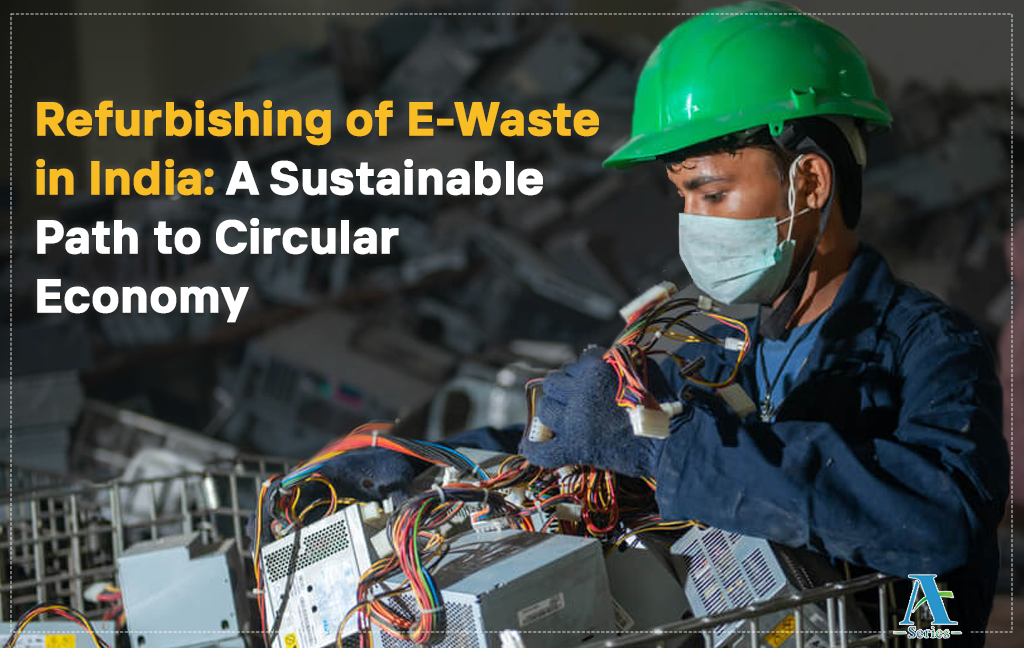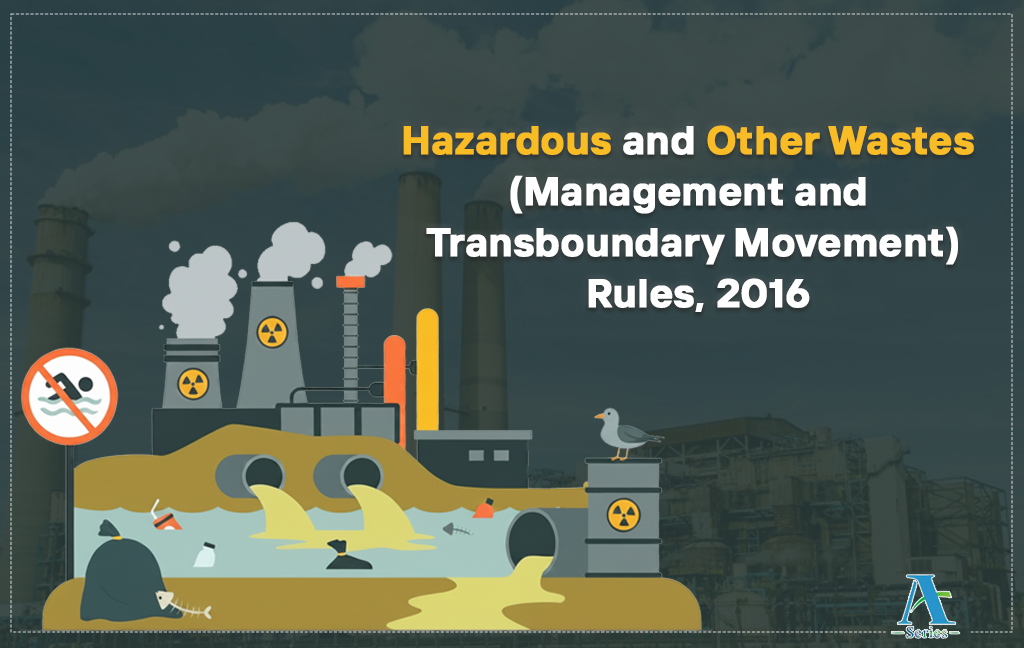Waste Tyre EPR in India: Turning a Challenge into Circular Opportunities

India’s booming automobile industry has brought with it an unintended consequence — the rapid rise of waste tyres. Once a tyre reaches its end-of-life, it does not biodegrade, and careless disposal can cause severe environmental and safety hazards. To address this, the Ministry of Environment, Forest and Climate Change (MoEF&CC) introduced the Extended Producer Responsibility (EPR) framework for waste tyres in 2022, making Producers, Recyclers, and Retreaders responsible for their sustainable management.
What is Waste Tyre EPR?
The Extended Producer Responsibility (EPR) system requires stakeholders to take responsibility for tyres even after they leave the market.
- Producers: Tyre manufacturers must register with CPCB and fulfil annual recycling obligations equivalent to a percentage of their sales.
- Recyclers: Process waste tyres into approved products such as crumb rubber, reclaimed rubber, or pyrolysis oil under strict environmental norms.
- Retreaders: Extend the life of tyres by replacing worn tread, reducing waste generation and conserving resources.
This shared responsibility ensures that tyres are not just discarded, but are given a second life through recycling or retreading.
Regulatory Framework
The Waste Tyre EPR is guided by the Hazardous and Other Wastes (Management and Transboundary Movement) Rules, 2016, amended in 2022. Key features include:
- Mandatory CPCB registration for producers, recyclers, and retreaders.
- Annual EPR targets linked to previous year’s sales/production volumes.
- Digital EPR portal for certificate generation, trading, and compliance tracking.
- Strict standards for pyrolysis units to curb illegal, polluting practices.
The Waste Tyre Challenge
As per CPCB’s “Guidelines for Environmentally Sound Management of End-of-Life Tyres” (2019):
“In India, it is estimated that around 275,000 tonnes of used tyres are generated annually from automobiles, trucks, buses, and other vehicles. This figure is expected to rise steadily with the growth of the automotive sector.”
By 2025, India’s waste tyre generation has already crossed 400,000 tonnes annually, and with rising vehicle ownership and shorter replacement cycles, the volume is projected to reach nearly 600,000 tonnes per year by 2030.”
If not properly managed, waste tyres can:
- Leach harmful chemicals into soil and water.
- Catch fire in stockpiles, releasing toxic smoke.
- Contribute to air and soil contamination from unsafe recycling.
- Lead to loss of recoverable resources that could fuel the circular economy.
Recent Trends in India
- Steady growth: Waste tyre generation has grown from ~220,000 tonnes in 2015 to a projected ~395,000 tonnes in 2025.
- Shift to formal sector: With the EPR regime, more recyclers and retreaders are coming under CPCB’s digital monitoring system.
- Decline of illegal pyrolysis: Many non-compliant units are being phased out, replaced by cleaner technologies.
- Increased circular integration: Crumb rubber and reclaimed rubber are increasingly being fed back into new tyres, roads, and molded products.
Opportunities Ahead
The Waste Tyre EPR system opens new avenues:
- Recycling-based industries: Production of crumb rubber for roads, playgrounds, and molded products.
- Energy recovery: Environmentally compliant pyrolysis oil and gas as alternative fuels.
- Retreading growth: Extending tyre life lowers demand for virgin raw materials.
- Circular economy: Tyres moving from waste streams back into the economy as valuable resources.
Compliance & Penalties
Non-compliance with Waste Tyre EPR can lead to:
- Environmental Compensation penalties by CPCB.
- Suspension or cancellation of EPR registration.
- Restrictions on product sales in the Indian market.
Way Forward
For the Waste Tyre EPR framework to succeed, India needs:
- Efficient collection networks connecting producers, recyclers, and retreaders.
- Technology upgrades for cleaner recycling.
- Awareness among vehicle owners about proper disposal.
- Industry collaboration to build scalable circular models.
As Waste Tyre EPR regulations tighten and the framework becomes more structured, achieving compliance demands more than awareness—it requires the right expertise. As one of India’s leading and trusted EPR consulting company, Aseries Envirotek India Private Limited supports producers, recyclers, and retreaders with seamless end-to-end compliance solutions. From CPCB registration and EPR target planning to authorized recycler tie-ups, certificate management, and reporting, Aseries ensures full adherence to the Waste Tyre EPR guidelines under the Hazardous and Other Wastes Rules, 2016 (as amended in 2022). If your organization manufactures tyres, recycles them, or undertakes retreading—it’s time to act responsibly and sustainably. Partner with Aseries Envirotek India Private limited to turn compliance into an opportunity for environmental leadership.






